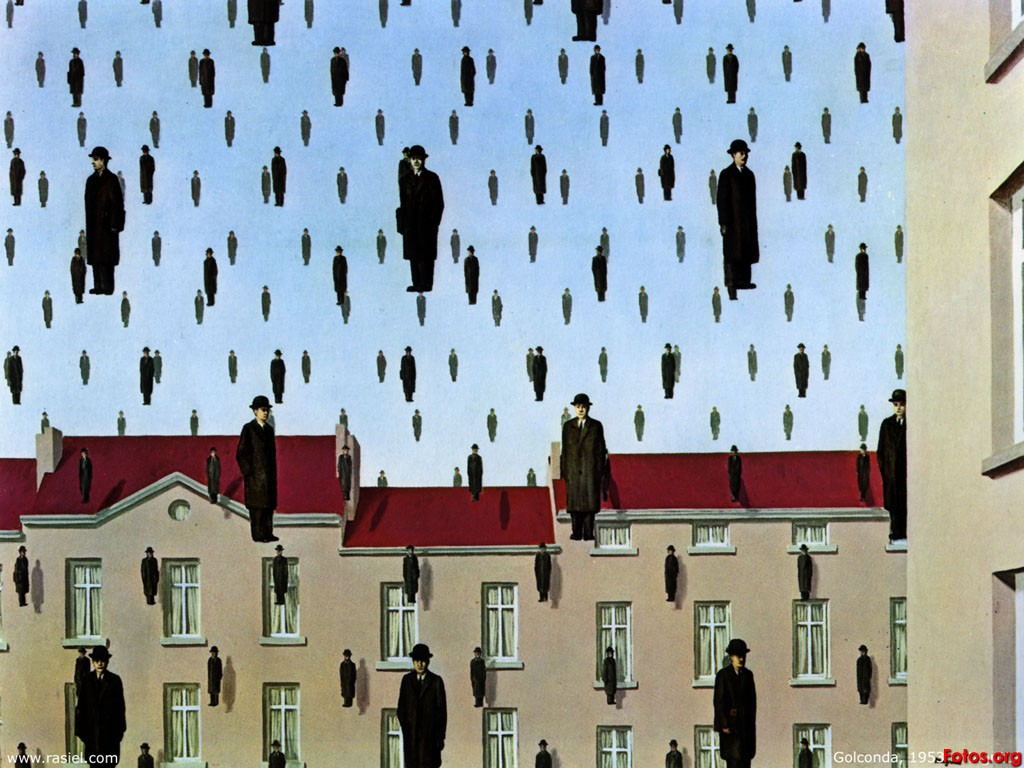Design Aspects and Meaning
Click here to download document.Lesson
Objective(s):
This lesson introduces students to a wide variety of design aspects, and their corresponding meaning and impact.
Overview:
Design aspects and meaning (patterns a designs in costumes) or a zoom out effect to space and the significance of a certain event etc).
Expected Lesson Duration:
8 days
Interdisciplinary Connection(s) to Common Core
Lesson Procedure:
Introduction/Gain Attention
- The class will begin with an image, video or, sound and the student and have them write a story about what is just off the boundary of the medium.
Project
After the daily meme the students will be introduced to design in media.
Design in media is broad. We will focus on only a few things, and allow the students to find and inspect others.
Design in literature is interwoven throughout from the way an author chooses foreshadow to the iterations and phrasing of words, but a few easily digestible examples come from poetry.
Some poetry and the way that it is written has many of the design aspects that we utilize throughout all media. One of the major aspects that is found heavily in poetry and in every form of media is REPETITION.
As designers, creators, of media, you have three types of repetition to work with: repetition, patterns, and rhythm. Now, these concepts may sound simple, they may seem incredibly basic and self-explanatory. By understanding these concepts, you’ll be able to apply them more effectively to captivate your audience’s attention, no matter the medium or genre, while making your design choices more effective:
Repetition - Repetition is the simplest element you can use
Note: Our eyes and our ears work in a certain way by default. Using these principles to keep the eyes and our ears familiar with our design’s elements means we’re taking advantage of this tendency. We can also use shapes, colors, textures, fonts, etc. to maintain this consistency via repetition.
Patterns - Pattern is a combination of elements that are repeated
Rhythm - Rhythm involves using intervals or spaces between elements to give the user an impression of rhythm or movement
There are five types of rhythm that cross the mediums:
Random Rhythm
Repeating elements with no specific regular interval creates random rhythms.
Examples would be falling snow, pebbles on a beach, traffic movements.
It’s also worth noting that a rhythm may appear random if you examine a small section of the rhythm. However, if you step back and examine a larger section, it may be that there is a regular but complex rhythm applied to the design.
Regular Rhythm
Like the beating of a heart, the regular rhythm follows the same intervals over and over again. You can easily make a regular rhythm just by creating a grid or a series of vertical lines.
Alternating Rhythm
You can repeat more than one element in a design. In an alternating design, you use a 1-2-1-2-1-2 pattern.
Flowing Rhythm
Progressive Rhythm
We can make a progressive rhythm simply by changing one characteristic of a motif as we repeat it.
As a class the students will generate stories through:
3 pieces of media that are examples of the concepts that have been demonstrated in the discussion
The patterns can be in any form or format that the students wish to create with
The material must be fully user generated original
In addition to the above points each student individually will choose:
- Which medium or combination of mediums that the will be told through (it will be through Twinery but will it me more audio driven? Will it be imagery driven? etc.)
- Which medium or combination of mediums that the will be told through (it will be through Twinery but will it me more audio driven? Will it be imagery driven? etc.)
Outcomes
Define the 30 degree rule
Define the 180 degree rule
Understand cases in which design rules should be broken, and what effect breaking the rule has on the scene
Successfully test and implement design rules and practices covered in class
List and explain the multiple types of shots covered (ex: master shot, reverse shot, reaction shot, etc.)
Content of Lesson
Acquiring Key Concepts: incorporating and utilizing all skills acquired during the imagery unit to produce an imagery heavy story.
Engaging in Experiential Learning: peer reviewing comic strips created by classmates, providing constructive criticism, and identifying concepts that were emphasized in class discussion within the work being peer reviewed.
Building Proficiencies: using skills developed thus far to create a unique imagery heavy story and reviewing classmates’ work while paying special attention to emphasized concepts such as diversity, POV, composition, and responsibility.
Connecting with STEM Professionals: view a video of a professional artist, filmer, producer, etc. working with comic strips or comics and discussing their work.
Assessing Learning: have students explain how they utilized individual skills gained throughout the unit in the creation of their comic strip. Students can also identify these skills being implemented or the presence of important concepts such as diversity, POV, composition, etc. in their classmates’ work.
Closure and Review
Reiterate the importance of storytelling in media, describe the amount of written work that is consumed by media outlets and the amount of recycled material that continues to be recirculated due to the lack of new material.
Explain the importance of diversity in the storytellers and writers due to experiences and how it shapes our stories.
Higher Level Thinking Skills Noted
Developing a dynamic story
Adapting stories due to character developments
Perception due to appearance
Relevance/Rationale:
The art and skill of storytelling that will be practiced in this class will help the students reasoning skills, cognitive constructive capabilities, and develop character. The creation of a narrative requires the student to develop a logical order from a sequence of events. In order for the student to develop a meaningful arrangement of events the student must begin to grow their narrative reasoning skills. These skills can evolve through the consumption and dissection of narrative literature, of a mixed medium. While developing of their narrative reasoning skills the students should/ will become more empathetic to others, wise to deciphering the true purpose of the story, and become comprehensive thinkers of their own circumstances. The students are finally at the age in which they are beginning to construct their own narratives. We, as educators, want them to be exposed to a great diversity of narratives in order mature those narrative reasoning skills. The more developed their narrative reasoning skills are the more they get from a story (deeper perspective). The more advanced their skills, the more likely they are to rationalize why this character chose a particular path, place themselves in the characters shoes, and develop their own character.
Explorations and Extensions:
Does the dynamic aspect of storytelling take anything away from the message that the author may be trying to deliver?
Assessment Criteria for Success:
Content knowledge, student knowledge, and appropriate resources are aligned to instructional outcomes. student learning will be assessed throughout the lesson via question responses and correlation to the project.
Students will have successfully met the outcomes when fundamental questions about the importance of storytelling and its role in imagery can be observed through their writing and reflections of their peers work. Also questions about their current disposition are taken into consideration when they see media should begin to arise. Also a fluid and respectful use of time, along with an essay that is fluid, easy to follow, and retains its essentials as an ELA.
Reflections:
To be completed upon the end of lesson.

